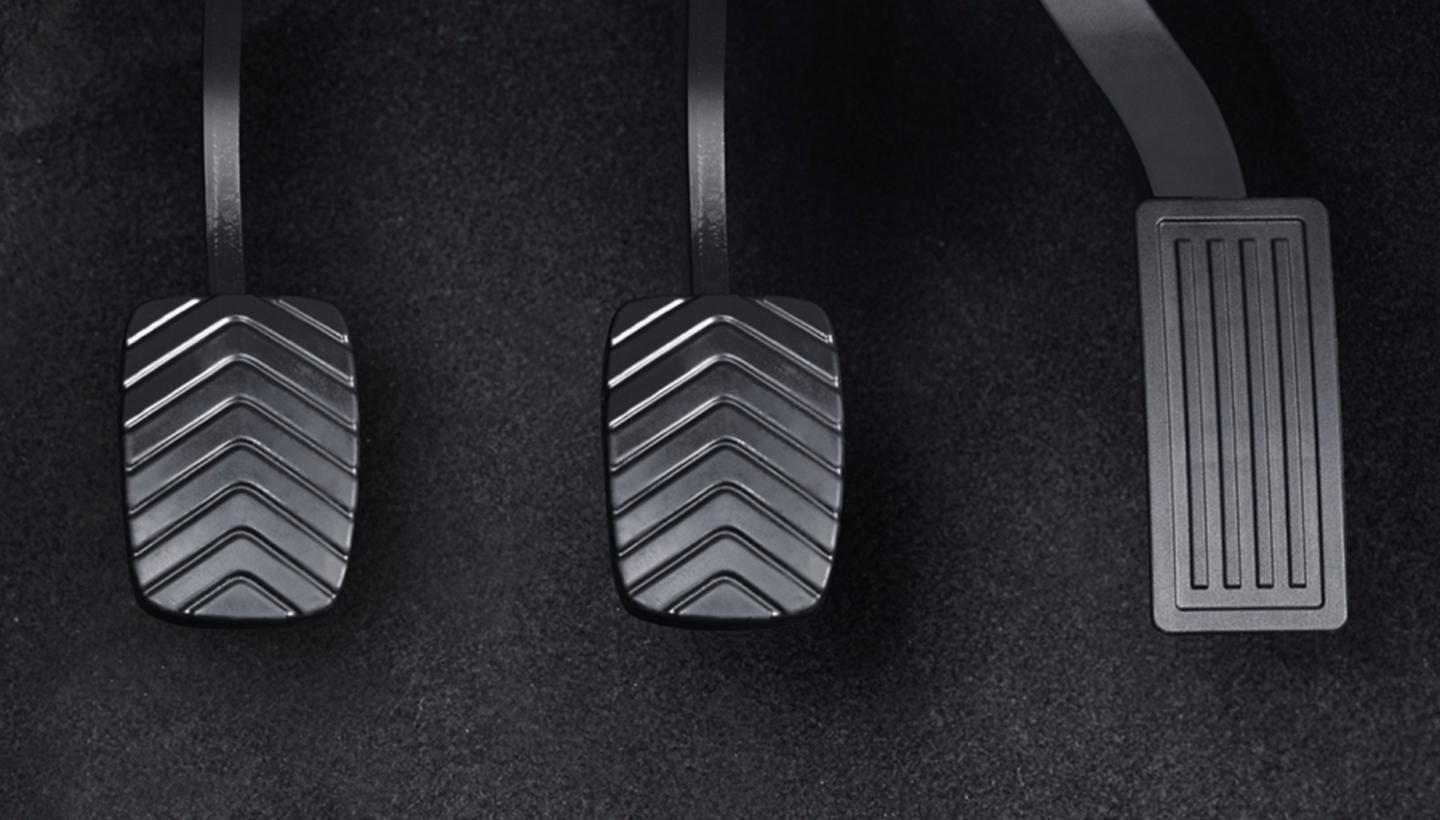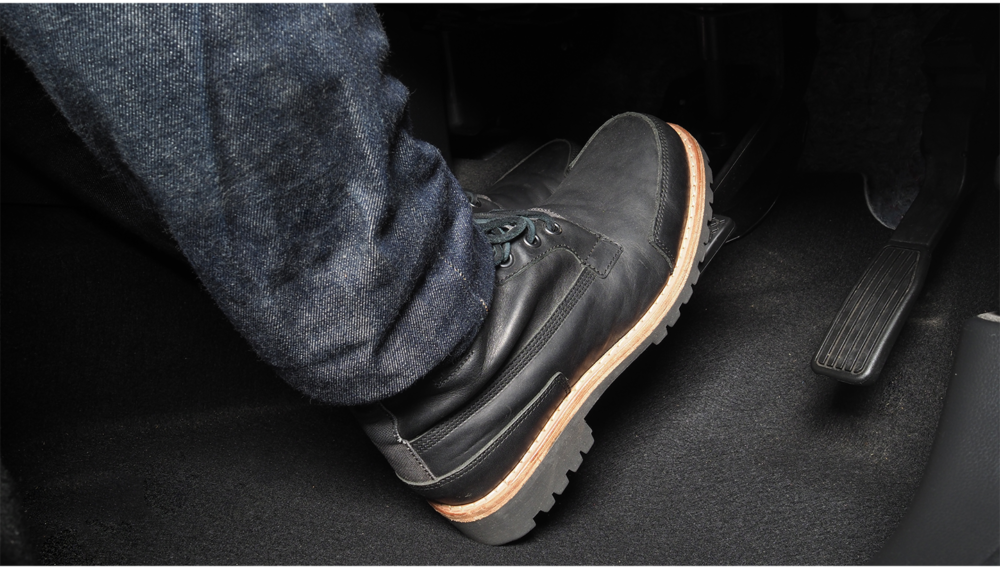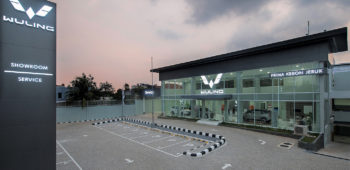Understanding the Half-Clutch Technique That You Must Know
29 August, 2023

Driving a manual transmission car can be both easy and challenging, as drivers must find the right balance between the gas, brake, and clutch pedals. If the driver fails to achieve a harmonious rhythm between these three pedals, the car’s engine can suddenly stall. Typically, manual car drivers struggle with balancing these pedals when navigating steep inclines, declines, or winding roads.
In general, drivers employ the half-clutch technique when driving at low speeds, such as when maneuvering on steep roads. The half-clutch technique is a driving method for manual transmission cars where the driver partially depresses the clutch pedal (without fully engaging it) to control the car more smoothly. One of the functions of the half-clutch technique is to prevent the car from rolling backward when stopped on an incline without using the brake.
Executing the Correct Half-Clutch Technique
To perform the half-clutch technique correctly, drivers can follow these steps:
- Depress the clutch pedal halfway using the left foot.
- Simultaneously, press the gas pedal to a similar extent using the right foot.
- As a result, the car will come to a standstill.
- However, try not to stay in this position for too long, as it can lead to fuel waste and accelerate the wear of the clutch pads.
Negative Effects of Frequent Half-Clutch Technique Usage
As mentioned above, driving with the half-clutch technique is not recommended to be employed excessively or for extended periods. This is due to the fact that the half-clutch technique can lead to fuel waste and rapid wear of the clutch pads due to the friction between clutch disc components.
Worn clutch pads can result in decreased engine power. For instance, when ascending a slope, the car may struggle to ascend even if the driver depresses the gas pedal deeply. Additionally, the engine may produce loud noises and emit a burning odor. The burnt smell can be a consequence of continuous friction within the engine. Despite its negative impacts, the half-clutch technique is permissible if used appropriately and under specific circumstances, such as ascending inclines.

Driving Up Inclines Using the Brake and Clutch Technique
There are several techniques that manual car drivers can employ when driving uphill, one of which is simultaneously pressing the brake and clutch pedals. To execute this technique, follow these steps:
- This technique can only be applied in cars with brake and clutch pedals positioned close to each other.
- When the car comes to a stop on an incline, press both the brake and clutch pedals simultaneously using the left foot.
- The car will automatically stop, and the engine will remain running.
- Ensure the transmission is in first gear.
- When ready to move again, press the gas pedal until the RPM reaches around 2000, and simultaneously release the clutch and brake pedals gradually to a halfway position.
- This creates the half-clutch technique with the brake pedal still in standby mode. Consequently, when the car in front stops, you can instantly press the left foot to halt the car without turning off the engine.
Tips for Maintaining a Durable Clutch
To ensure the longevity of your car’s clutch, adopt these tips to extend its lifespan:
- Avoid constantly pressing the clutch, as this can cause premature clutch wear. It’s better to release your foot from the clutch pedal whenever you press the gas pedal.
- Use the clutch only when necessary. When the car is at a standstill, shift the gear lever to neutral and release the clutch pedal. Depressing the clutch when not in use increases the likelihood of clutch damage.
- Avoid downshifting every time you want to reduce speed. Instead, use the brake to slow down.
- Use the handbrake when the car is stationary on an incline for an extended period.
- Keep the vehicle’s fluids fresh and clean, including frequently changing the oil to prevent excessive strain on the vehicle.
- Replace the transmission filter every 40,000 to 60,000 kilometers. You can take your car to an authorized service center to have the transmission and other components inspected, repaired, or replaced by technicians.
- Try driving in silence without turning on music or the radio at least once a week. Then, listen and recognize any unusual sounds coming from the car’s engine. If you hear anything unusual, promptly take your car for repair or inspection.
In summary, the half-clutch technique—its function, execution, and the potential negative effects of overuse—have been explained. Executing this technique correctly requires a fair amount of experience. If you’re a novice driver, don’t worry, as over time, you’ll understand and master this technique as well as discern the appropriate times to employ it through extensive driving practice in various road conditions.



